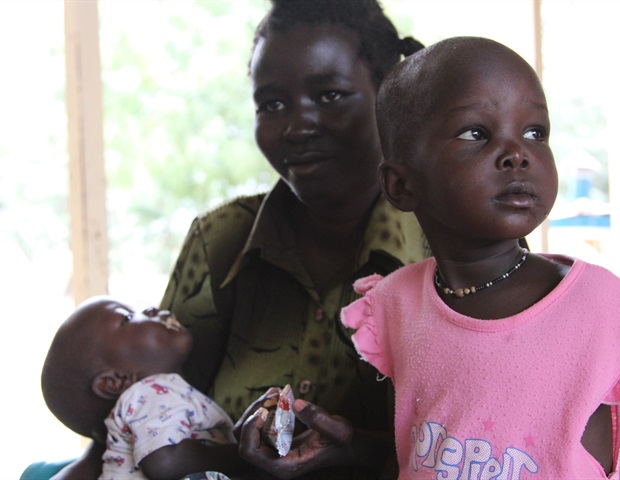What is Noma (Cancrum oris)? - News-Medical.Net

Cancrum oris or noma is a fatal infection of the mouth that mostly affects children between the ages of 1 and 16, with a peak incidence at ages 1 to 4. It destroys soft tissues and bones of the oral and paraoral structures.
What is Noma?
Noma, also known as cancrum oris or gangrenous stomatitis, is a severe and aggressive gangrenous process (a condition wherein body tissues die due to infection or lack of blood supply) that affects the mouth, nose, and lips. This fatal disease is particularly prevalent among children in sub-Saharan Africa, with an estimated frequency of 1 to 7 cases per 1,000 individuals. Noma usually begins as an ulcer on the mucus membrane at the alveolar margin of the mouth and rapidly spreads into other parts of the mouth, including teeth, jawbone, cheek, tongue, lips, and nose. This eventually results in extensive necrosis and destruction of soft tissues and bones.
Pathogenesis of Noma
The exact pathophysiology of noma is not completely understood. The disease mostly affects malnourished children living in underdeveloped tropical countries who have had systemic diseases, such as malaria, measles, primary herpes simplex, scarlet fever, tuberculosis, cancer, or enteritis. In other words, a combination of malnutrition, bacterial infection, and compromised immunity is considered to be the main reason behind the onset and progression of this devastating disease.
Bacterial species that are frequently associated with noma include Fusobacterium necrophorum and Prevotella intermedia. In neonates, the disease is mainly caused by Pseudomonas aeruginosa. It is known from scientific findings that acute necrotizing gingivitis and oral herpetic ulcers are the most vital precursor lesions that gradually develop into noma due to infection caused by Fusobacterium necrophorum and Prevotella intermedia. Precisely, Fusobacterium necrophorum facilitates the gangrenous process by producing endotoxins, dermonecrotic toxins, and cytoplasmic toxins. In addition, this Gram-negative anaerobic bacillus also triggers the growth of Prevotella intermedia by producing necessary growth-stimulating factors.
What are the Risk Factors?
Several risk factors are associated with the pathogenesis of noma. The most vital factor is severe malnutrition, especially protein-calorie malnutrition. Other factors that significantly contribute to the pathogenesis of noma include:
- Living in underdeveloped countries
- Poor environmental sanitation
- Poor oral hygiene
- Frequent exposure to human/animal feces
- Prior history of viral or bacterial infection
The risk of developing noma is also increased by diseases that cause immunodeficiency, such as HIV infection, leukemia, and lymphoma. An impaired or compromised immune system (due to infection or other factors) is considered as the hallmark for developing noma.
Signs and Symptoms
The typical signs and symptoms of noma include swollen gums, swollen cheek lining, and ulcer formation. These ulcers spread rapidly and destroy oral and paraoral soft tissues and bones, causing deformity of the face and loss of teeth. The color of the oral cavity may also change into a greyish color.
In addition, the ulcer rapidly turns into edema with foul-smelling drainage, causing bad breath and skin odor. This also causes excessive saliva secretion from the mouth.
Diagnosis
A physical examination is done initially to check for inflamed mucus membranes, oral cavity ulcers, and skin ulcers. This is followed by taking a detailed medical history of the patient.
X-ray, MRI, or CT scans of the jaw, head, and neck can also be done to check the extent and severity of the damage.
Bacterial culture analysis using oral swabs can be done to detect the causative species. In some special cases, biopsy of the oral tissue is also performed.
Blood tests are recommended to determine the immune system functioning.
Treatment
The conditions associated with noma are often life-threatening, if not treated appropriately on time. Complications mainly include face deformity, discomfort, difficulty eating, drinking, and even speaking, and social isolation.
Administration of systemic antibiotics along with proper nutrition is considered to be the golden standard for managing noma. Supplementation with folic acid, iron, vitamin B complex, and ascorbic acid is also recommended in some cases. In addition, measures should be taken to avoid dehydration and maintain proper electrolyte balance.
Plastic surgery is necessary to reform facial bones and regain the function of mouth and jaw, in addition to removing damaged tissues.
Comments
Post a Comment